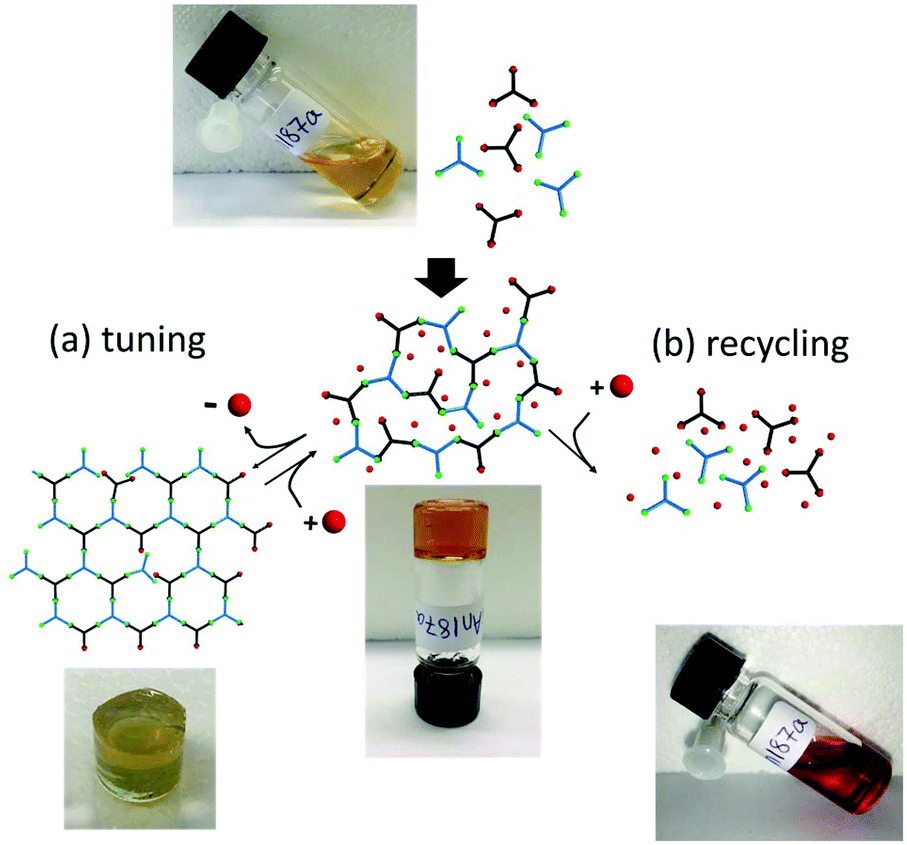Supramolecular organic Networks
Rigid aromatic building blocks
Our research interest relates to the synthesis of organic building blocks with diverse geometries for the representation of supramolecular superstructures. We have developed a general methodology to functionalise simple biphenyls, terphenyls, triphenylbenzenes, porphyrins, tetraphenylmethanes and -adamantanes with sticky sites. These are able to form interactions with other molecules according to the principle of molecular self-recognition. We mainly work with the corresponding bromides, alkynes, azides, amines, aldehydes, alkoxyamines and nitroxides (Figure 1).
Figure 1: Representation of rigid aromatic building units for the representation of porous networks.[1]
Rigid aromatic azidfunctionalized building blocks for direct laser writing (DLW)
in process
Supramolecular organic Networks
The assembly of the building blocks in networks can take place via different types of reactions, whereby a distinction can generally be made between kinetically or thermodynamically controlled reactions. Kinetic control occurs in irreversible reactions such as cross-couplings, implies irreversible bond linkage and thus leads to amorphous networks with loose sticky-sites and linkage defects. Thermodynamic control is achieved through the use of reversible reaction types and thus counts as "Dynamic Covalent Chemistry". The networks thus obtained can correct loose ends and linkage failures by partial back-reaction and new linkage.

Figure 2: Classes of porous materials for which building blocks are synthesised in this working group.
Nitroxid exchange networks
The Bräse working group is currently working with the so-called nitroxide exchange reaction, in which multifunctional alkoxyamines and nitroxides react with each other to form a reversible network.

Figure 3: Nitroxid-exchange reaction for the reversible fabrication of networks.[2]
The reaction can be monitored using electron paramagnetic resonance spectroscopy, since unpaired electrons on the nitroxides are involved. Different hyperfine couplings of the nitroxides allow a precise statement about the progress of the reaction and the number of loose ends in the finished network. Due to the reversibility of the reaction, the degree of linkage of the network can be changed within wide limits. At the same time, the starting materials can be recycled by complete dissolution.
Furthermore, we were recently able to combine such nitroxide exchange networks with nitroxide mediated polymerisation to freely adjust pore sizes in the network.[3]
Cyclotetrabenzoine
in process
Literature
[1] Z. Hassen et al., Adv. Funct. Mater. 2020, 30, 1907625.
[2] Q. An et al., Polym. Chem. 2019, 10, 672–678.
[3] Y. Jia et al., Polym. Chem. 2020, 11, 2502.
